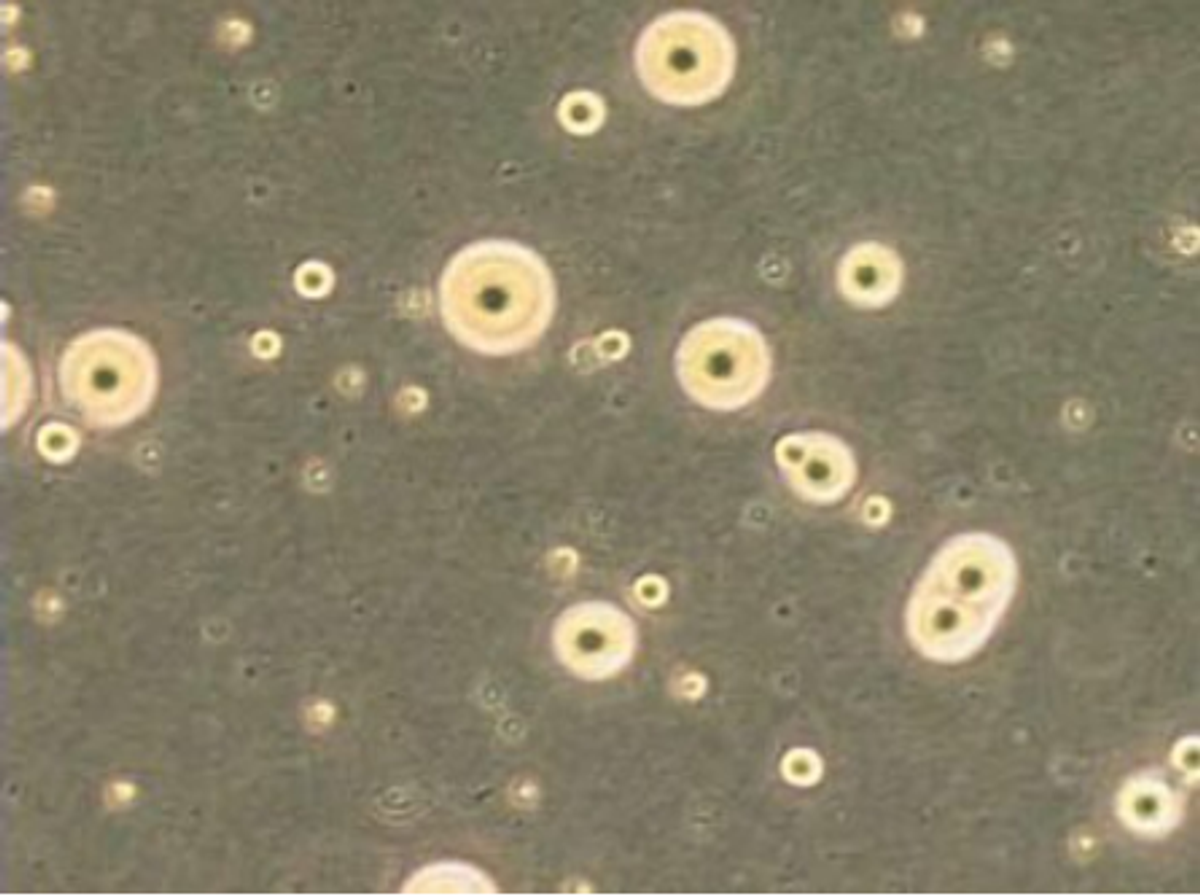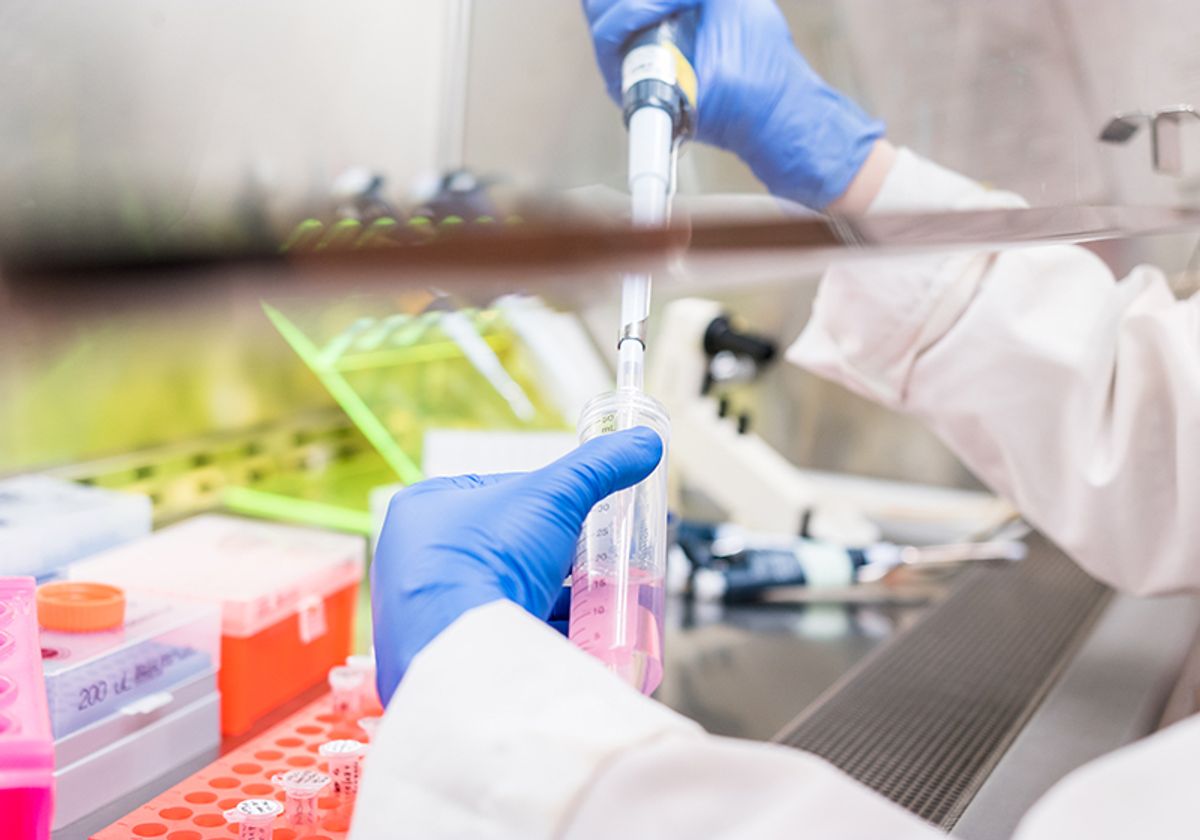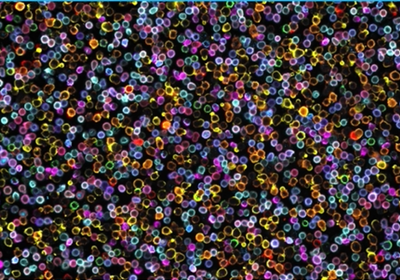Translational research requires extensive preclinical development. During these early stages, scientists use cell cultures extensively to test and validate a broad range of research questions before moving to animal and human models. As such, in vitro models are essential tools for advancing both basic and applied science. While the protocols for growing different cell types vary widely, all cell cultures have one critical consideration in common: the need to mitigate contamination.
Scientists use various approaches to safeguard against contaminants, including using aseptic techniques, adding antimicrobial agents to cell cultures, filtering reagents, and routinely screening cultures. However, despite best efforts, cell cultures become infected, affecting cell viability and a range of other biochemical and biomolecular pathways. When this happens, scientists must often discard the cells and start anew, wasting precious resources and time.
Mycoplasma—a sub-micron sized bacterium without a cell wall—is a particularly formidable enemy because it is pervasive, resistant to commonly-used antibiotics, small enough to pass through filters, and notoriously difficult to identify in cell culture. How then do scientists fight mycoplasma contamination when the enemy moves stealthily below the radar?
Several methods for detecting mycoplasma in cell cultures are available, which together provide researchers with a toolkit of options to effectively identify mycoplasma and take the necessary steps to eliminate it. For example, directly growing culture samples on specialized mycoplasma plates provides scientists with a direct assay. However, the combined time of growing and testing, which can exceed a month, often renders this approach impractical because it eliminates the opportunity to quickly isolate and treat contaminated cultures. Alternative approaches that stain bacterial DNA using fluorescent nuclear markers, such as DAPI or Hoechst, are rapid but do not provide definitive evidence on their own.
To overcome these limitations of speed and specificity, scientists use highly sensitive polymerase chain reaction (PCR) technology to quickly amplify even the minutest amounts of mycoplasma DNA from contaminated cultures. Widely valued as the gold standard for mycoplasma detection, accurate PCR depends on using appropriate reagents, such as primers, nucleotides, and polymerase, and removing non-mycoplasma contaminating DNA from the PCR environment.
MilliporeSigma’s complete suite of mycoplasma detection and elimination reagents, kits, and techniques provide a robust, end-to-end solution for detecting and eliminating mycoplasma cell culture contamination. Their Lookout® One-Step Mycoplasma PCR Detection Kit takes the hassle out of preparing and selecting appropriate primers, nucleotides, polymerase, and internal controls. The lyophilized reaction mix streamlines PCR workflows by providing an easy-to-use one-step solution. Moreover, Lookout® DNA Erase Wipes provide researchers with a reliable option for removing nucleic acid contamination in the PCR environment, thereby ensuring accurate PCR detection of mycoplasma. Once detected, scientists can use the Lookout® Mycoplasma Elimination Kit to reliably treat cell cultures. This two-step kit combines various biological reagents that are very effective at completely eliminating mycoplasma with minimal cytotoxicity and maintenance of normal cell attributes. For a more fulsome suite of options, MilliporeSigma also provides reagents for detection by mycoplasma culture and DNA staining.
Overall, these kits and reagents help scientists take the guesswork out of identifying and neutralizing an otherwise formidable enemy, saving time and resources, and ensuring the accuracy and reliability of research data obtained from in vitro cell cultures.







